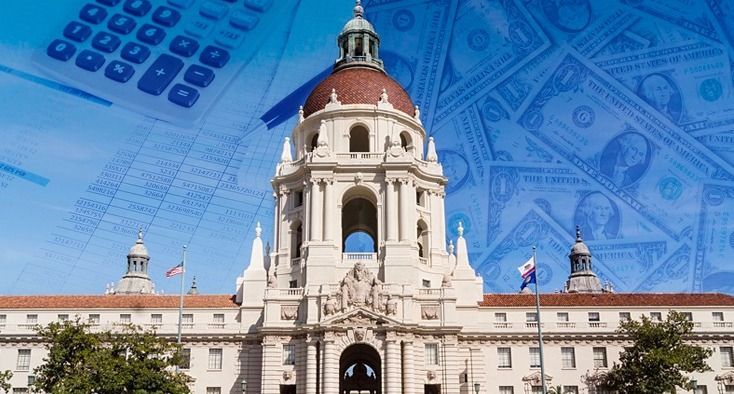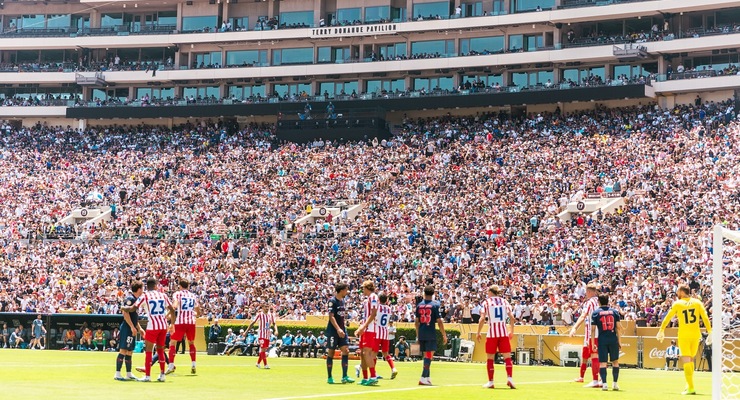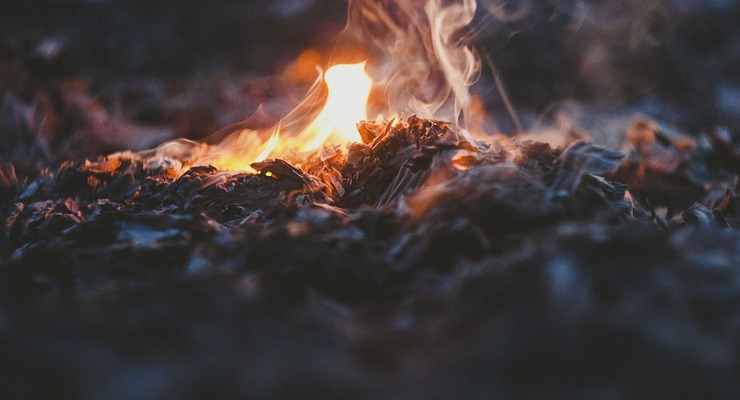
It’s raining this week, but the catastrophic firestorm last month culminated the longest seasonal dry spell ever recorded in Southern California.
One of the central themes in my campaign for City Council last year was the urgency of Pasadena preparing now for a hotter and drier future. Climate change is already here – last year the planet recorded the highest average temperature record since measurements began in 1850, breaking the previous record set in 2023.
The hurricane-force, wind-driven inferno consumed nearly half of Altadena and incinerated over 100 homes in Pasadena. Inevitably there is second-guessing about what should have been done before. More important is the challenge of tackling what needs to be done now.
Start with something on everyone’s block: trees. We know that trees capture carbon — and a healthy street tree canopy can reduce temperatures inside homes by more than 10 degrees in the summer, reducing utility bills and energy consumption. We also know that non-native trees like palms and eucalyptus pose a real and present danger of spreading deadly embers for more than a mile with winds like we saw last month.
Yet Pasadena is years behind in revising its street tree master plan to emphasize native species that provide rich shade – and last year the City chopped down 500 trees and planted 400. That’s not progress.
A more complex challenge is meeting the City’s goal, adopted two years ago, of shifting to 100% carbon-free electricity by 2030. That involves much more than substituting solar, wind and other renewable sources of energy for coal and “natural” gas. It means transforming our public utility from one that sells us our electricity to one that incentivizes us to conserve and to install rooftop solar and batteries. That not only reduces carbon emissions, that makes us much more resilient against power going out when we most need it — as it did during and after the recent firestorm.
We face similar challenges in ensuring adequate water supply in a hotter and drier climate. The Sierra snowfall will be less and less reliable to supply our needs – forcing us to conserve as well as actively pursue what water experts call “stormwater recapture and groundwater replenishment.” That means ensuring rain percolates back into our yards, parks and settling basins instead of flowing through storm drains out to sea.
Recent events also underscore the far more dangerous threat of wildfires consuming urban areas far from the foothill “wildland interface.” Pasadena’s fire stations are decades old and no longer meet modern standards. Our City’s Capital Improvement Plan estimates the cost of replacing the outmoded ones at just over $150 million. How much have we set aside for this? Zero.
Clearly we also need to improve the technology for alerting and evacuating residents in harm’s way. Our flawed systems cost a number of Altadena residents their lives. A young climate scientist who lives in District Two, Edgar McGregor, actually saved lives of those who heeded his Altadena weather warnings posted on Facebook.
Pasadena has invested wisely in technology over the years, but I know how desperate residents of my district were to get reliable, local information in an emergency. We don’t know what the next disaster will be – pandemic, firestorm, earthquake, mudslides, terrorism or some new threat. What we do know is that those shocks are increasing in frequency and intensity and we will need to stay informed!
Our overriding priority should be to rebuild human connections in our neighborhoods. In major disasters we’ve seen there simply aren’t enough first responders to handle the magnitude of the impacts. Neighbors knocking on the doors of vulnerable seniors, friends taking in those who’ve lost their homes, residents banding together to help each other recover and rebuild – these points of light are the result of the “social capital” built up during times of calm when people get to know the people living around them.
Pasadena once boasted a network of neighborhood associations that covered most of the City. Most have withered – and in apartment and condo areas they never took hold. The best insurance policy any of us can invest in is building bonds of trust with our neighbors for whatever may come our way. State Farm may pay for damages, but it’s your neighbor and his firehose that might save your life, your pet and your home.
This horrendous tragedy we’re enduring would be compounded if we don’t use it as a teachable moment. Let’s be pro-active – let’s not let these experiences quickly fade into the rear view mirror of our busy life journeys.
Let’s nurture our urban forest, achieve our renewable energy goal, ensure adequate water supply, strengthen our first responder capacity, make sure we get timely and accurate information in times of need and apply all the other sobering lessons of this calamity. And let’s start with the most important and most basic step we can take – getting to know our neighbors and stepping forward to actively participate in building a more resilient Pasadena for the hotter and drier reality we are all now living in.
Rick Cole is Councilmember for District 2. He took office in December. He previously served twelve years on the City Council, including terms as Vice Mayor and Mayor.



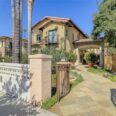
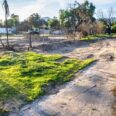
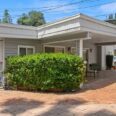








 3 comments
3 comments

